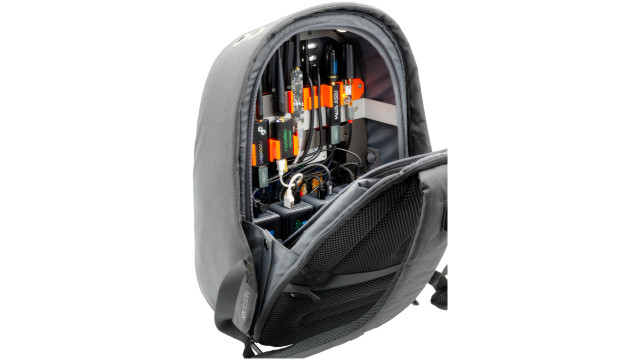The board’s main connections for inputs and outputs are 3.5 mm screw terminals. As well as a single relay, there are three analogue inputs, three buffered inputs, and three sinking outputs. All of these are tolerant to voltages up to 24 V – which is fine for controlling a plethora of household devices that typically have a 12 V or 24 V control board. But make sure you don’t use the board to switch mains voltages!
Inputs and outputs
Read via a 12-bit ADC, the analogue inputs have an accuracy of ±2%, which is fine for most purposes when you need to read a variable voltage. The digital inputs are used to tell if a connected device is on (signal above 3 V) or off (below 1 V).
For turning devices on and off, you have a choice of the three sinking outputs and the relay. For the former, you connect your device load on the ground side; a maximum of 500 mA can be sunk between the three outputs. With a tolerance of up to 2 A, the relay can be connected on the NC (normally closed) or NO (normally open) side, depending on whether your device spends more time switched on or off respectively.
Although created for the original Automation HAT/pHAT, Pimoroni’s getting started guide shows you how to use the board’s Python library – instead of using the curl command, you’ll need to clone it from GitHub to get the up-to-date version. The relevant code examples show the status of inputs/outputs on the LCD, including bar graphs for analogue inputs. If you’re new to the world of home automation and its terminology, you should also check out Tanya Fish’s excellent explainer on the Pimoroni blog.
Verdict
9/10
It’s ideal for most home automation purposes, and we love the mini LCD, although if you need more relays you might prefer the full-size Automation HAT.








